Sake - 日本酒 (part 1 of several)
Not always cold or clear, hot and/or brown and/or cloudy also works
This is going to part 1 of a series1. I realized that if I put everything I want to in one post it will be the size of a book. As it is, this is still best viewed in the app/browser rather than direct from email
One of things everyone knows about Japan is that Japan makes sake aka “rice wine”. Many non-Japanese have drunk some with sushi in their homelands and were only somewhat impressed. However they are often aware that, like many other alcoholic drinks, the selection in a foreign country will be generally of lower quality and less varied than it is where the drink is made.
This is 100% true of sake.
But even when they visit Japan they can miss entire styles because they are led astray by Japanese people who don’t know much better themselves. This is because there are two different overlapping worlds of sake, rather like the world of beer vs “real ale” or whiskey vs “single malt Scotch”.
Many (most?) people in Japan and almost all foreigners think that the best sake is clear, colorless and preferably served cold. This is like assuming that the best wine is white wine - or perhaps that the best wine is, say, chardonnay grape white wine.
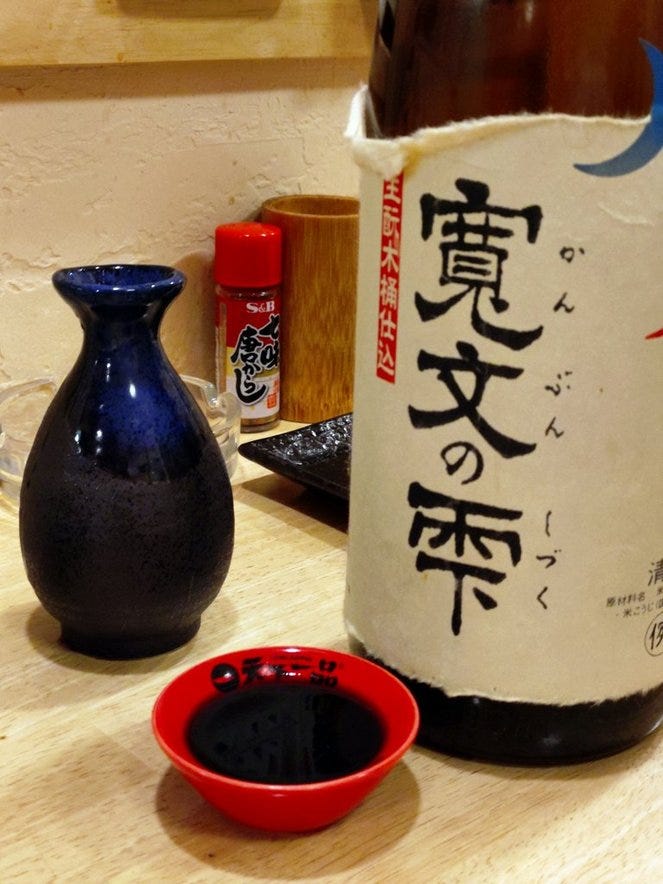
Actually, as I said in the sublede, sake can be cloudy and/or it can have tints of brown that run from a faint off-yellow to something the color of soy-sauce (see picture above). And drinking it warm turns in to a completely different drink by opening up a nose that is not dissimilar to that from red wine or whiskey. It’s not the same as the cold clear stuff.
Mind you there’s nothing wrong with the big brand cold stuff in the right place.
Just as with the standard Japanese beer it’s fine for an occasion where you aren’t trying to specifically appreciate the drink itself. But typically you don’t want it served any hotter than room temperature and probably it’s better colder.
Craft Sake/Jizake (地酒)
However Japan has a lot of local sake makers and these makers are the ones which make the more interesting sakes. A lot of them make sake that is clear, colorless and intended to be drunk cold but many make other sorts of sake as well.
Mind you the line between big brand and jizake is blurry. Take a brand like Gangi (雁木) from Iwakuni. It has been featured on ANA flights and is widely exported (the list of restaurants that have it worldwide is quite impressive), but it also acts very much like a local sake maker who tours sake-specialist izakayas and the like in the general area to do tastings and so on.
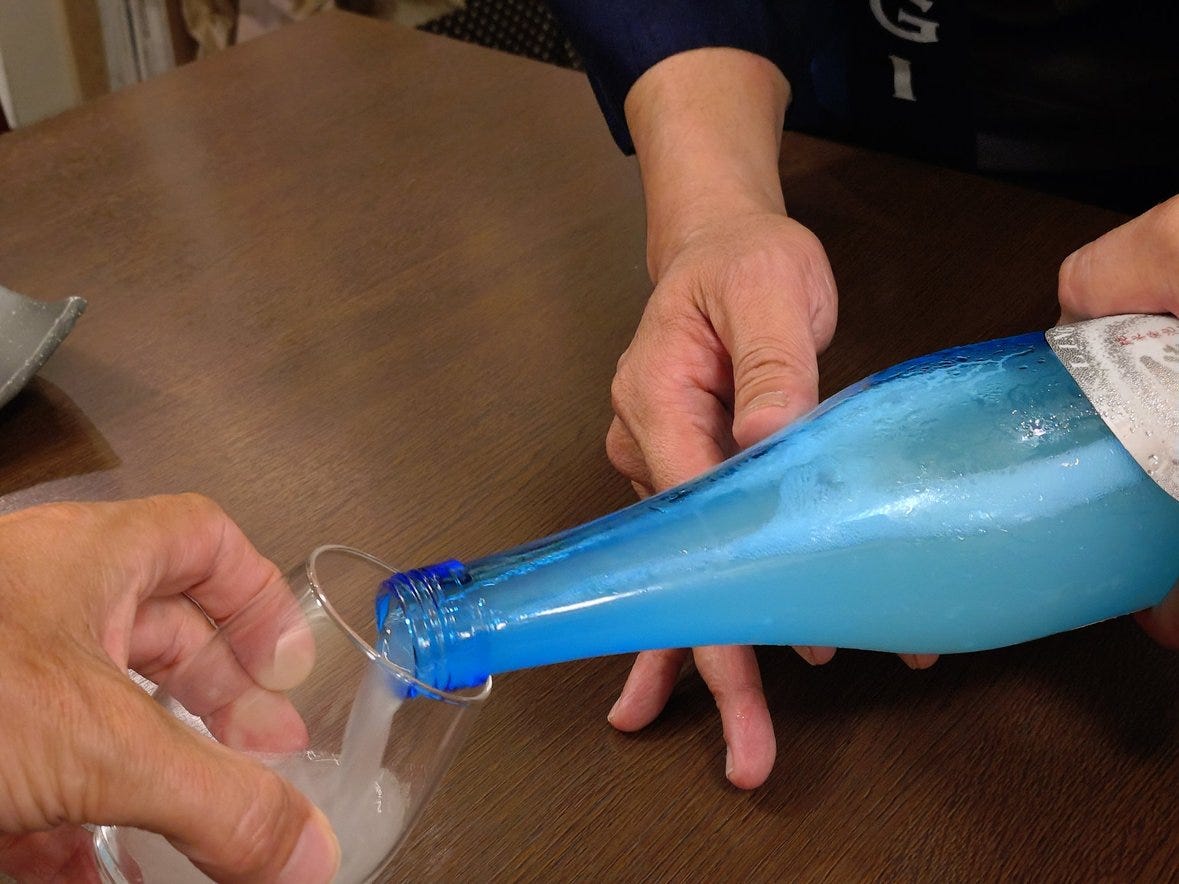
Gangi’s products are mostly the “standard” Junmai Ginjo and Daiginjo sakes that are clear and drunk cold but they have some specialities. One is the one pictured above “Sparkling” which is a nigori (cloudy) sake that is slightly fizzy. Sparkling is not completely unique, there are a few other sake makers who have created a sparkling sake, but it is a rare offering. It’s also very nice as an aperitif, which is something I’ll get to later.
I’m mentioning Gangi quite a bit because their English language website has a lot of useful information that can apply.
First they have the rice type. I’ll be honest and note that I personally struggle to tell the difference between the various rices, however it is worth noting that sake is not usually made from the same rice varieties that you eat. There are a few makers who do use regular cooking rice in some of their sakes - Okuizumo Shuzo uses the nationally famous local Nita Koshihikari rice (仁多米コシヒカリ) for example - but most use one of the various sake varietals such as Yamada Nishiki, Saka Nishiki, or Gohyakumangoku
Second they have the amount of polishing. Generally speaking most people reckon smaller is better because of the way the number is calculated: a 60% polished rice means 40% of the rice grain has been removed thus it should have fewer impurities than an 80% one which has had only 20% removed. Personally I find that you can get more interesting flavors from less polished rice so I’m not at all averse to sake made from 80% or 90% polished rice.
Finally they have a list of the temperatures that they recommend the sake to be served at. In the case of the sake I have the picture of they recommend it either chilled (5~15℃) or warmed (35~45℃) but generously admit that it can be drunk hotter (45~55℃) and also barely above room temperature.
Brief Glossary of Terms
Kura (蔵) / Sakagura (酒蔵 ) - The place where sake is made - may also be used about the company making it
Toji (杜氏) - Sake Master Brewer - for lots more including the historic guilds with different styles of brewing read here.
Kan (燗) - Hot/warmed (see picture of serving temperatures above) sake
Jo-on (常温) - Room temperature sake
Hiya ( 冷酒) - Cold sake
Nigori (にごり or 濁り) - Cloudy sake, ranges from just a little (see sparkling image above) to something that looks like milk
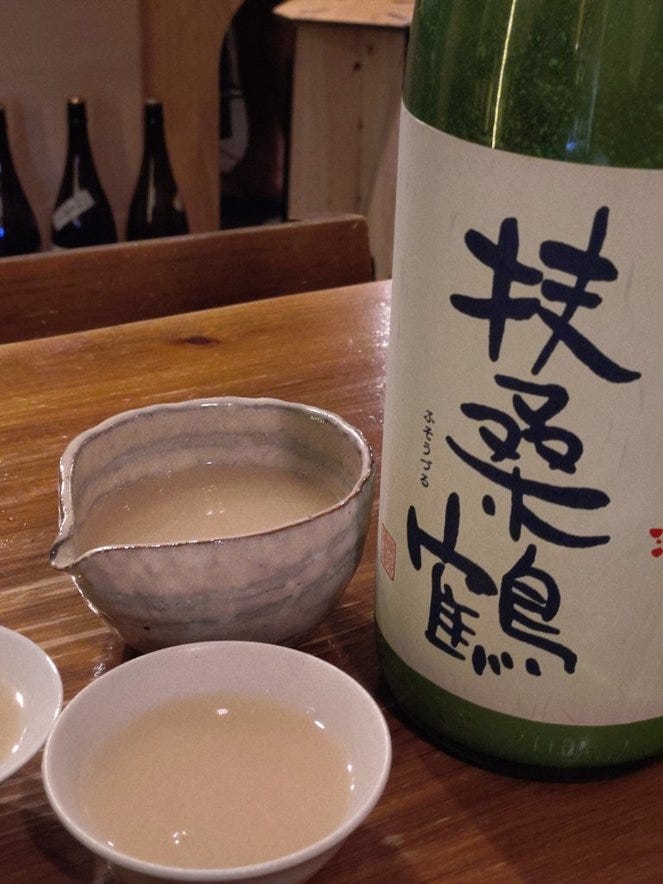
Doburoku (どぶろく) - Unfiltered. Legally not sake because of the way it is produced.
Junmai (純米) - Pure rice only. Some sakes have added alcohol. If the bottle says Junmaishu (純米酒) or Junmai (純米) then it doesn’t. Adding alcohol is more common with the clear Ginjo and Daiginjo sorts of sake. But Junmai (dai)ginjo sakes exist
Daiginjo (大吟醸) and Ginjo (吟醸) - how polished the sake rice is. Daiginjo is at least 50% polished (i.e. the number is 50% or lower). Ginjo is between 50% and 60% polished.
Kimoto (生酛 or 生もと) - The traditional sake brewing process, generally only done by smaller makers these days
Yamahai (山廃) - A variation on Kimoto - see link above
Genshu (原酒) - No water from earlier added at the end of the process. Genshu is generally in the 18% - 20% ABV range while regular sake tends to be 14%-17% and some nigori sakes down as low as 12%
Namazake (生酒) - Unpasteurized sake. Must be kept refrigerated and generally should be drunk quickly
Karakuchi (辛口) - dry
Amakuchi (甘口) - sweet (not to be confused with the non-alcoholic Amazake (甘酒) )
For more, and in fact lots and lots of mostly correct articles about sake, go here.
Putting all the words together
Doboroku, although it looks sort of similar and has similar ingredients, is best considered a related drink to regular sake because the process used to make it is simpler.
Most of the rest of the words are to do with how the sake is made.
The place the sake is made is the Kura and the head brewer is the Toji who probably belongs to a regional guild that taught him (it is almost always him) how to make sake.
Next we have how much the rice is polished. With Ginjo being at least 60% and Daiginjo at least 50% (and no grade to polishing for less than 60%).
Then there’s the question of how the brewing process starts. It can be the “usual” no name process with artificial lactic acids or it can be Kimoto or Yamahai (or rarely Bodaimoto).
If no additional alcohol is added at the end it’s Junmai. If no water is is added it is Genshu. If it’s not entirely filtered it is Nigori. And finally if it isn’t pasteurized it is Namazake.
Finally when you drink it, if you warm it then you are drinking Kanzake. If not it’s room temperature (jo-on) or hiya (cold)
You can mix and match things from different parts of the process so theoretically you could have a Karakuchi Kimoto Junmai Ginjo Nigori Genshu Namazake which you drank as Hiyazake. In practice most will have just a few elements of this.
Breweries, Brands and Labels
One of the confusing things about sake is that most sake makers have a different name for the brand of sake they make. Some have more than one brand. It is not always obvious that Kura K makes Sake S and there is absolutely no consistency about whether the webpage will be the name of the company or the name of the brand. On the whole I think it is slightly more likely that the name of the website will reflect the name of the brand.
For example the Gangi brand I mentioned near the start is brewed by Yaoshin Shuzo (八百新酒造) and the website is https://yaoshin.co.jp/en/ . On the other hand I also mentioned Wakabayashi Shuzo (若林酒造). Their website is based on their main brand Kaishun (開春) - https://www.kaishun.co.jp/ .
On the gripping hand two local (to me) Izumo makers have brands and names that are almost the same. There’s Fuji Shuzo that brews Izumo Fuji sake and has a website based on the brand (https://izumofuji.com/ ) which makes total sense to stop it being confused with Fuji film and any one of a million other Fuji companies
And there’s Asahi Shuzo (旭日酒造) that brews Jujiasahi Sake and uses that as the website (http://jujiasahi.co.jp/ ) in order to not get mixed up with Asahi Beer and all the million and one Asahi brands.
Mind you the third, Itakura Shuzo brews Tenon sakes and uses https://www.tenon.jp as the website just to make things confusing again.
Finally, just when you thought you were on your way to mastery, there’s the way sake labels write the characters of the name. If you are trying to learn kanji then sake labels are excellent practice for figuring out how to decipher hand written / non-standard presentation of kanji. If you just want to read the damn thing to be able to ask for it, then this decorativeness is frustrating. Moreover the same brand may have different ways to draw their name:
Finally, the decorative nature often combines with the use of very traditional kanji as opposed to the slightly simplified versions used today. For example there are many “Something Zakura” sake brands. A little knowledge tells you that Zakura is “sakura” i.e. cherry. But the kanji used is usually the traditional 櫻 not the current standard 桜.
The good news is that generally the rear label (or the side) will be easier to read. But that’s not always something you can get access to when you want to order something in a bar. Fortunately (as I’ll get to in part 2), most sake bars and izakayas will happily give you a selection of recommended (osusume) sakes and they will often put the bottle down next to you so you can take a picture (see all the photos above) and also study the label.
That’s enough for part 1. Feel free to leave comments and do ask questions.
Part 2 - sake as an aperitif
Sake - 日本酒 (part 2 of several)
This is part 2 of a series. As I said in part 1, I realize that if I put everything I want to in one post it will be the size of a book. As usual this post is better read in the app or a browser rather than via email



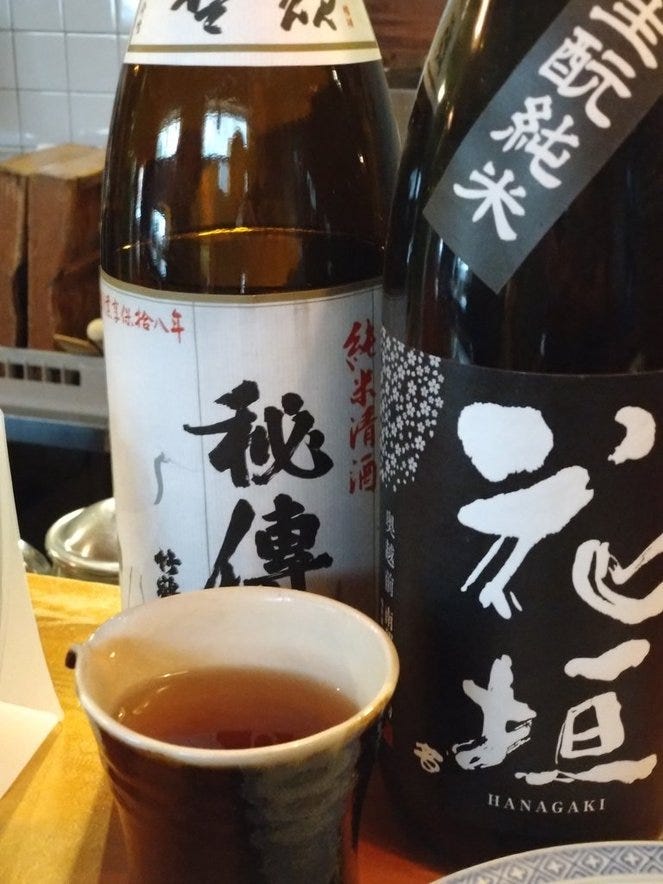

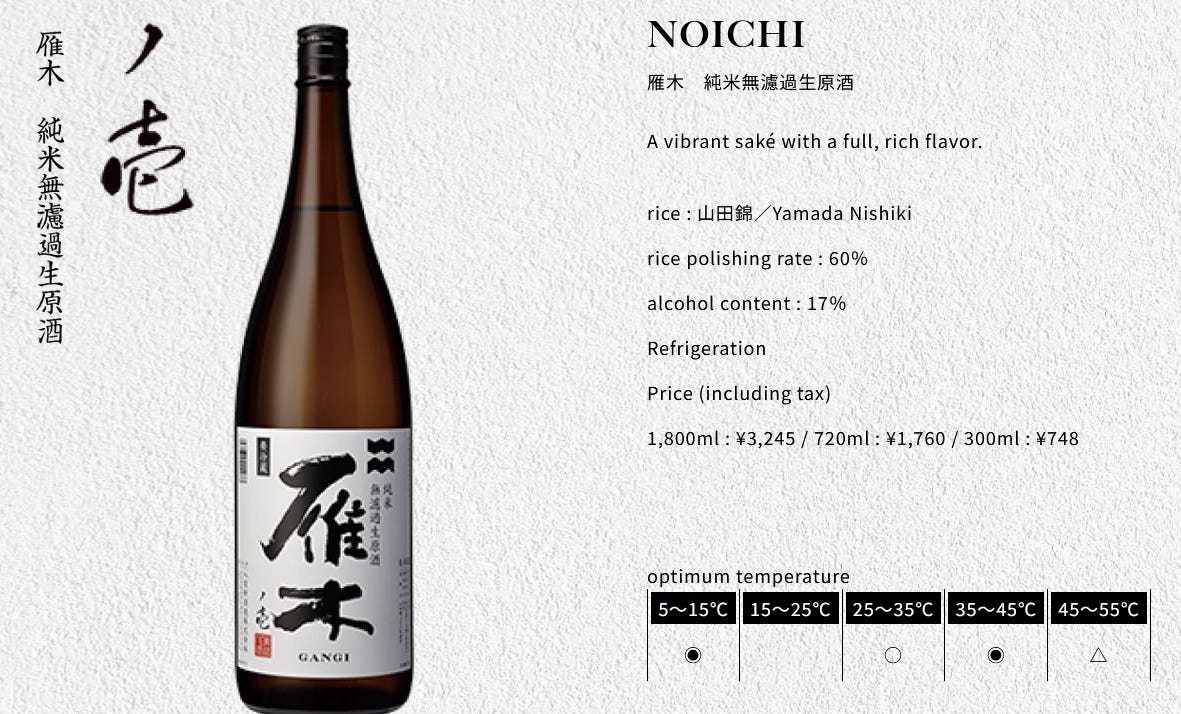
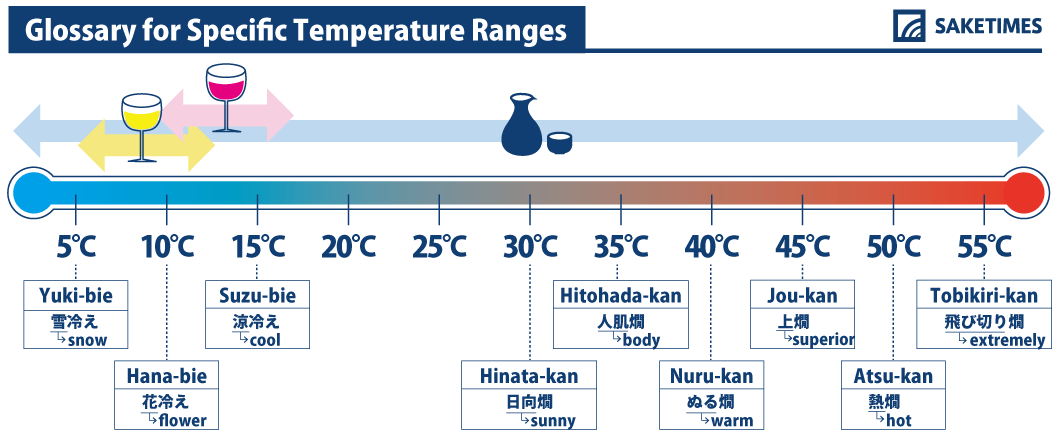
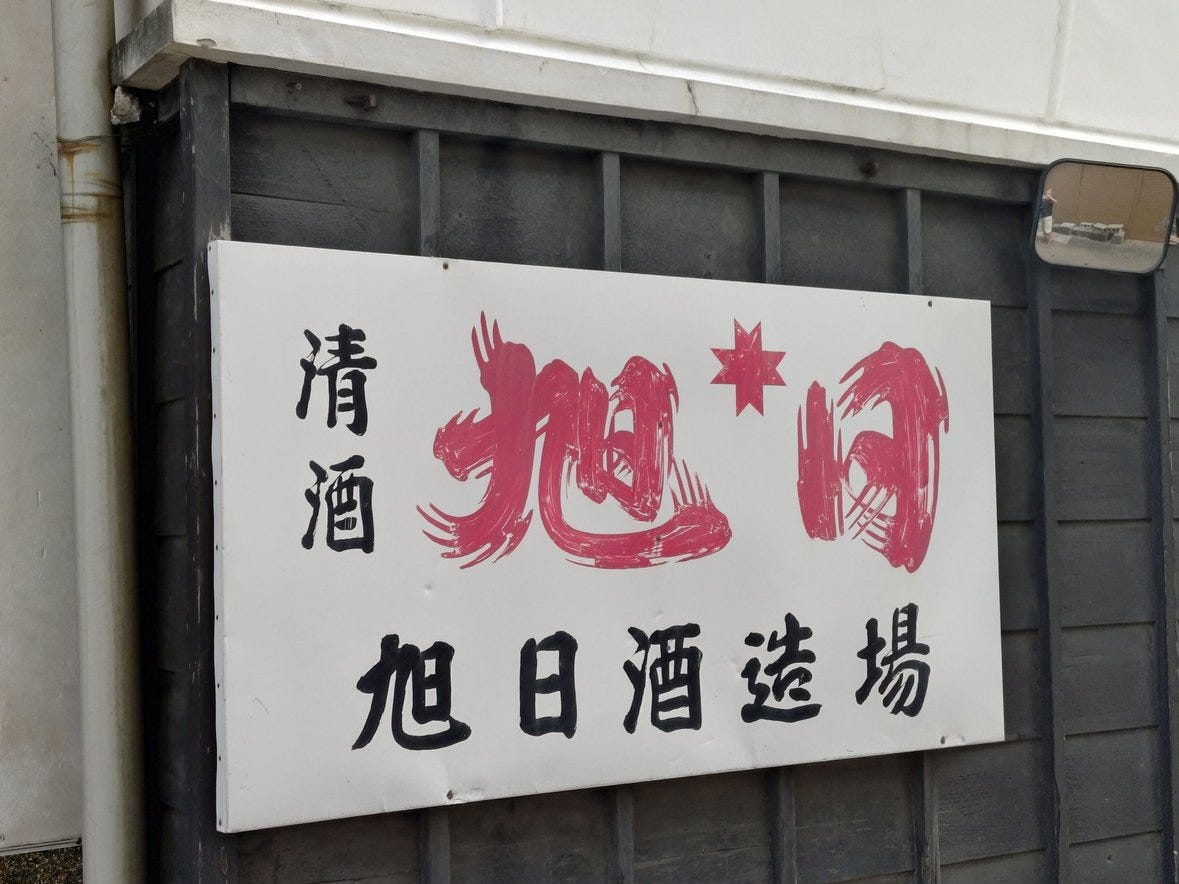
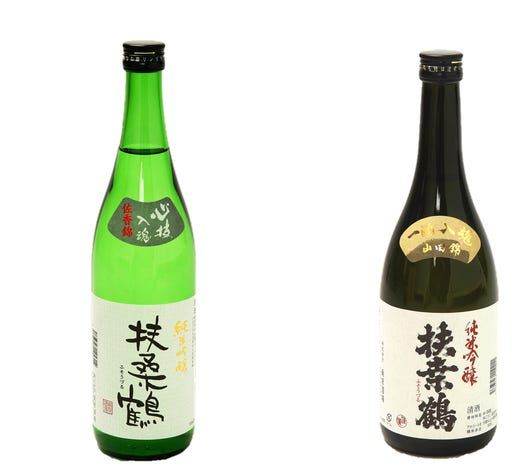
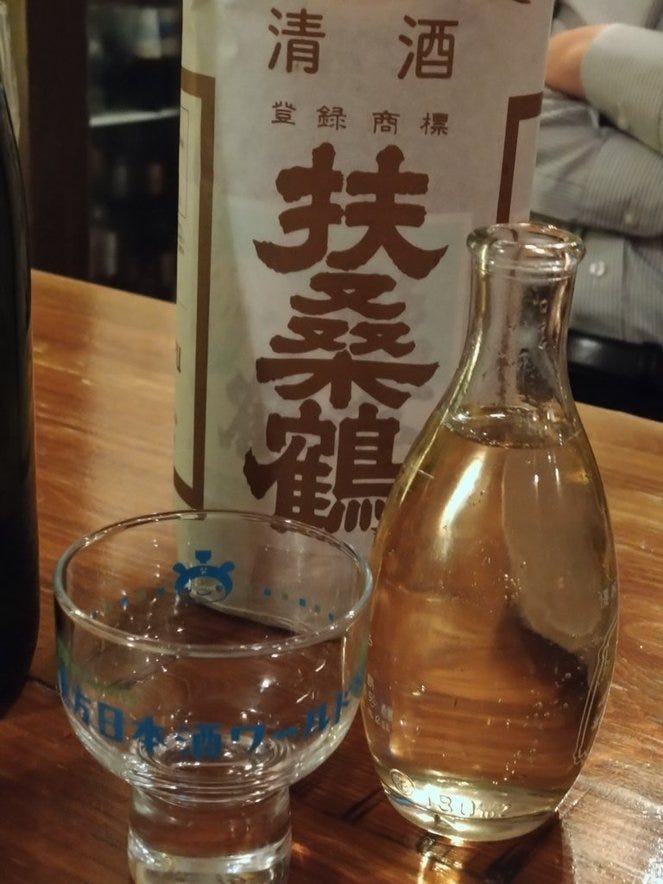
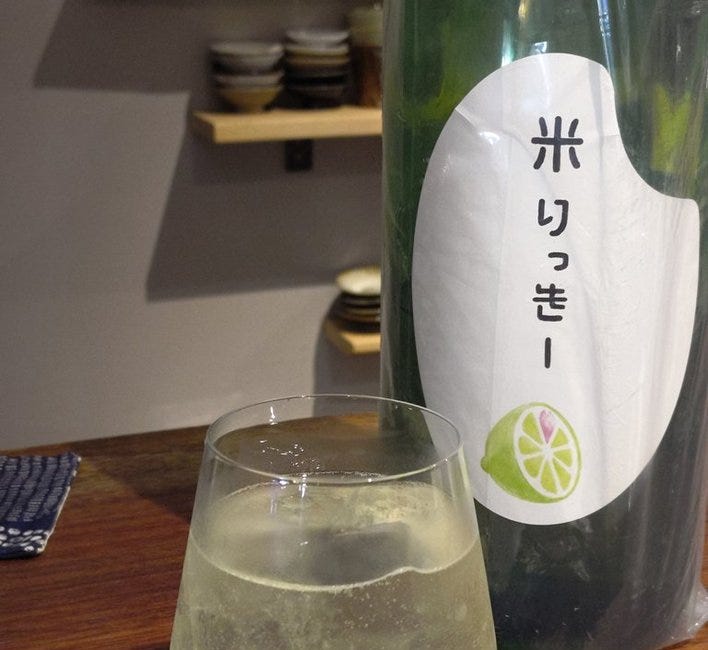
Ahhhhh. Nihonshu.
You are breaking my heart. Is any of this stuff available in the US?